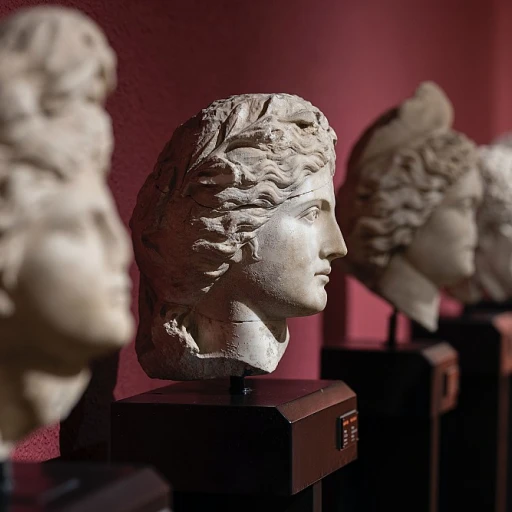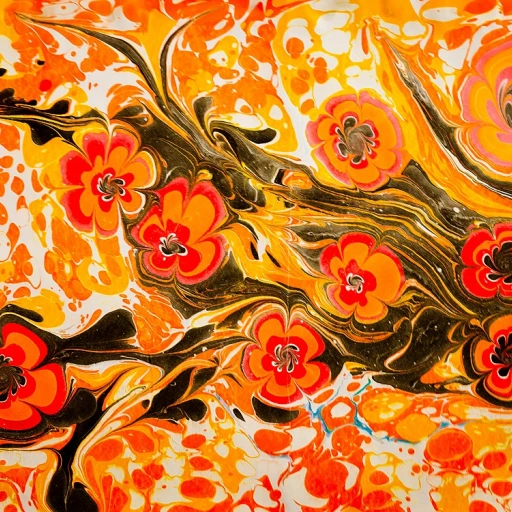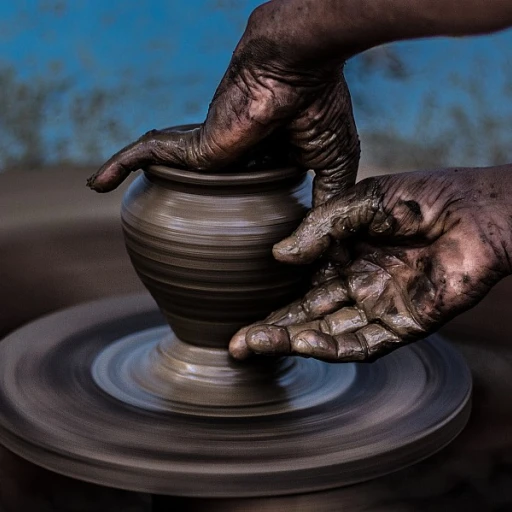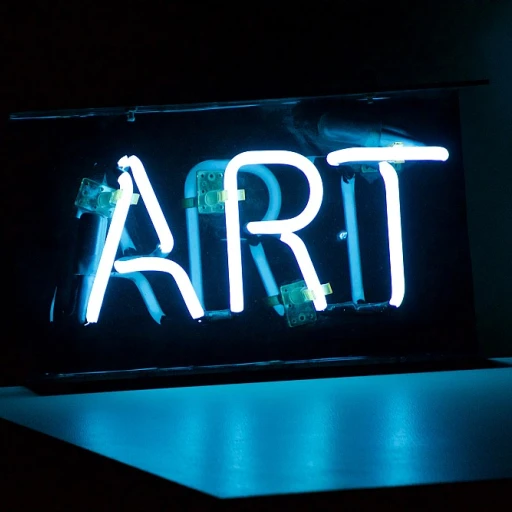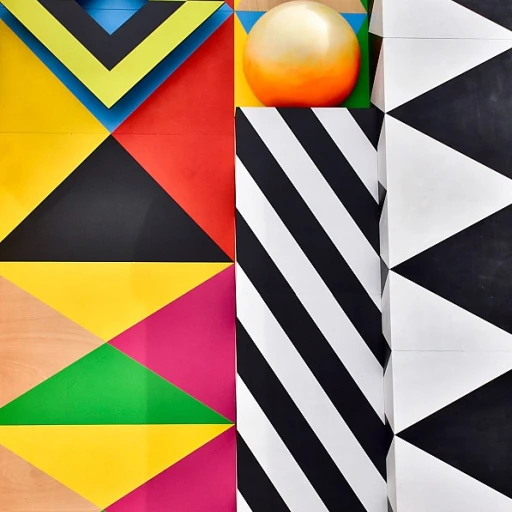Understanding the Appeal of Horizontal Paintings
The Captivating Charm of Horizontal Paintings
Horizontal paintings have long held a unique place in the world of art, captivating viewers with their expansive and immersive qualities. These artworks, often characterized by their wide, narrow dimensions, create a sense of openness and tranquility that is difficult to achieve with other formats. The allure of horizontal art lies in its ability to mimic the natural horizon, drawing the eye across the canvas and inviting contemplation.
In modern interiors, horizontal wall art serves as a powerful tool for enhancing decor. Its ability to elongate walls and create the illusion of larger spaces makes it a favorite choice for luxury living rooms and other expansive areas. Large horizontal paintings can dominate a room, becoming a focal point that ties together various elements of decor. Whether it's an abstract painting with bold strokes or a serene landscape, these pieces offer versatility and elegance.
The appeal of horizontal paintings also extends to their market value. Art collectors often find themselves drawn to these pieces, not only for their aesthetic qualities but also for their investment potential. The price of such artworks can vary significantly based on factors like artist reputation, medium, and size. For those looking to acquire horizontal art, understanding the essence of these paintings can be crucial in making informed purchasing decisions.
As we explore further, the historical significance and evolution of horizontal art reveal how this format has adapted over time, influencing various styles and techniques. From classic landscapes to modern abstract art, the journey of horizontal paintings continues to inspire and captivate art lovers around the world.
Historical Significance and Evolution
Tracing the Journey of Horizontal Art Through Time
Horizontal paintings, with their engaging width and grandeur, have long held a prominent place in the annals of art history. As society has evolved, so too has the allure of these expansive canvases, particularly in the context of eco-conscious artistry and contemporary décor. Their appeal often lies in their ability to capture the essence of landscapes, offering a panoramic view that aligns beautifully with the natural horizon, thus encouraging a profound connection between the observer and nature.
In the realm of art classic, the adoption of horizontal dimensions was more functional, allowing wide vistas to unfold seamlessly. This spatial orientation was ideal for showcasing extensive narratives or detailed scenes. These artworks often featured in palatial and religious settings, where their grandeur could be fully appreciated on large walls.
The price of such paintings has fluctuated over time, influenced by shifts in artistic movements and market demands. Many early works were considered priceless, often commissioned by patrons with wealth and social standing. With the advent of modernism, abstract painting styles began to feature more prominently. These abstract art pieces embraced the horizontal format, allowing artists to explore themes of space and abstraction with a fresh perspective.
Today, the regular price for a large horizontal wall art piece can vary significantly depending on the artist, the complexity of the artwork, and its historical significance. Contemporary artists often challenge conventional techniques, experimenting with new materials and textures on their canvases, resulting in rich, textured wall decor that appeals to a modern audience. At the same time, price reviews and sale price assessments provide collectors with insights into the value and potential investment of such works.
Horizontal wall paintings continue to be a favored choice for interior designers and art enthusiasts looking to enhance their living spaces, offering a unique unit of decor that balances both tradition and modernity. Whether displayed in a living room or gallery, these paintings remain a quintessential symbol of luxury and artistic prowess.
Techniques and Styles in Horizontal Art
Exploring the Techniques Behind Expansive Masterpieces
In the world of art, few concepts captivate the imagination as much as expansive horizontal paintings. These works, often grand in scale and rich in detail, leverage various techniques to create visual experiences that are both enveloping and dynamic. From abstract art to classic depictions, each piece employs a unique approach that plays with perspective and composition.
The use of canvas sizes, for instance, is integral in the creation of horizontal artworks. Large canvases allow artists to explore vast themes and narratives, utilizing the horizontal unit to draw the viewer’s eye across the entire canvas, creating an immersive experience. This technique is particularly noticeable in abstract painting, where the width of the canvas accentuates the fluidity and chaos of the abstract forms.
Color plays a pivotal role in horizontal art, especially with the use of metallic hues such as gold. Gold not only adds a touch of luxury and opulence but also brings a vibrant contrast that highlights focal points within the artwork. This is further enhanced when viewers explore the contemporary charm and allure of abstract nature in luxury art, where each brushstroke seems to dance across the canvas.
The technique of layering is another hallmark of these opulent creations. Layers build texture and depth, often revealing hidden stories and elements within a piece as the light shifts across its surface. Whether the artist is evoking the serene elegance of nature or the chaotic energy of modern cityscapes, layers add a complexity that draws reviewers to study the details deeply.
For those integrating horizontal art into their decor, the configuration of wall space matters. Horizontal paintings can extend the visual boundaries of a room, making narrow spaces appear broader. In modern interiors, these artworks transform living rooms where regular paint may restrict, offering a dynamic conversation piece that echoes across other design elements. When purchased at a price sale or canvasing regular price options, these painted treasures provide invaluable decor enrichment, bringing an elevated aesthetic to any space they inhabit.
Integrating Horizontal Art into Modern Interiors
Embracing Horizontal Art in Contemporary Spaces
Integrating horizontal artworks into modern interiors can transform a space from ordinary to extraordinary. These expansive pieces of art not only serve as focal points but also enhance the overall aesthetic of a room. Whether you are a seasoned collector or a new enthusiast, understanding how to incorporate these artworks can elevate your decor game.
Horizontal wall art, with its long and narrow dimensions, is particularly suited for large spaces such as living rooms or wide corridors. The linear form of these paintings can guide the eye across a room, creating a sense of flow and continuity. This is especially effective in open-plan areas where delineating different zones is key. Consider placing a long horizontal canvas above a sofa or along a dining room wall to maximize its impact.
Choosing the Right Style and Technique
When selecting horizontal art, the style and technique should complement the existing decor. Abstract paintings, with their vibrant colors and dynamic forms, can add a touch of modernity and intrigue. For those who prefer a more classic look, art classic pieces with traditional motifs can lend a timeless elegance to a room.
Gold accents in a painting can also enhance the luxury feel of a space, reflecting light and adding warmth. Reviews often highlight how such details can elevate the perceived value of an artwork, making it a worthwhile investment. Whether opting for an abstract art piece or a more traditional wall painting, ensure that the colors and themes harmonize with the room’s palette.
Practical Considerations for Integration
When integrating horizontal artworks, consider the size and scale relative to the wall and furniture. A large canvas art piece can dominate a wall, making it ideal for expansive spaces, while smaller units may suit more intimate settings. The regular price and sale price should also be factored in, ensuring that the investment aligns with your budget.
Finally, think about the placement in terms of lighting. Proper illumination can enhance the colors and details of a painting, bringing it to life. Whether through natural light or strategically placed fixtures, the right lighting can make a significant difference in how the artwork is perceived.
Notable Horizontal Artworks and Artists
Iconic Pieces That Transform Display Spaces
In the realm of horizontal artworks, a few pieces have ascended to iconic status, captivating art enthusiasts with their memorable allure and unique placement dynamics. These examples not only showcase the evolution and appeal of horizontal art but also serve as benchmarks for collectors and decorators alike. Horizontal art often brings with it an inherent elegance, due in part to its wide canvas and ability to fill spaces seamlessly. Long horizontal paintings offer an eclectic blend of styles, from abstract artworks to more defined landscapes, and their capability to anchor a large wall cannot be understated. For those looking to invest, certain units stand out for their impact and price reviews. The appeal not only lies in their aesthetic value but also in the historical and financial significance they hold. Famous horizontal paintings often set the standard in both modern and classic decor settings, becoming focal points in living rooms or expansive gallery spaces. The modern art scene is replete with abstract paintings that stretch the imagination across a broad canvas. These pieces are known for their innovative approach to color and form, such as the cleverly textured abstract art, often infused with gold elements to elevate the regular perception of wall decor. Incorporating a spectacular long horizontal piece can often transform a narrow space, creating a feeling of openness and sophistication. This type of wall art provides a balance that both contrasts and harmonizes with other decorative elements, such as classic tree paintings or more modern abstract patterns. Reflecting on their adaptability, many of these paintings have moved from traditional settings into contemporary interiors, often seen in galleries and private collections. With a varied range in sale price and unit price, these artworks can accommodate different budget positions, offering options from price regular to price sale brackets. Understanding the transformative power of these large, horizontal works is integral when curating an art collection. Whether it's through a painting sale opportunity or acquiring a rare piece at its regular price, the potential to enhance any room is a compelling reason to explore this captivating genre further.Curating a Collection of Horizontal Art
Building a Horizontal Art Collection
Curating a collection of horizontal artworks can be an enriching journey for any art enthusiast. The key lies in understanding the balance between personal taste and the broader market trends. Here are some considerations to keep in mind:
- Diverse Styles and Techniques: Incorporating a mix of abstract paintings, classic art, and modern pieces can create a dynamic collection. Look for works that showcase unique techniques, whether it’s a bold use of color or an intricate design.
- Price Considerations: Art can vary greatly in price. While some pieces may have a regular price, others might be available at a sale price. It's important to evaluate the price reviews and consider the unit price and sale price when making a purchase.
- Size and Space: The size of the artwork should complement the space it occupies. Large canvases can make a statement in a living room, while narrower pieces might be better suited for a hallway or a more intimate setting.
- Integrating with Decor: Consider how each piece will fit with your existing decor. A long horizontal wall painting can serve as a focal point, while smaller units might enhance the overall aesthetic of a room.
- Artist Reputation: Research the artists behind the paintings. Notable artists often have reviews that can provide insight into their work and reputation in the art world.
By thoughtfully selecting pieces that resonate with your personal style and the aesthetic of your home, you can build a collection that not only enhances your living space but also serves as a valuable investment. Whether you’re drawn to the allure of gold accents or the tranquility of a tree painting, each piece can add a unique touch to your collection.

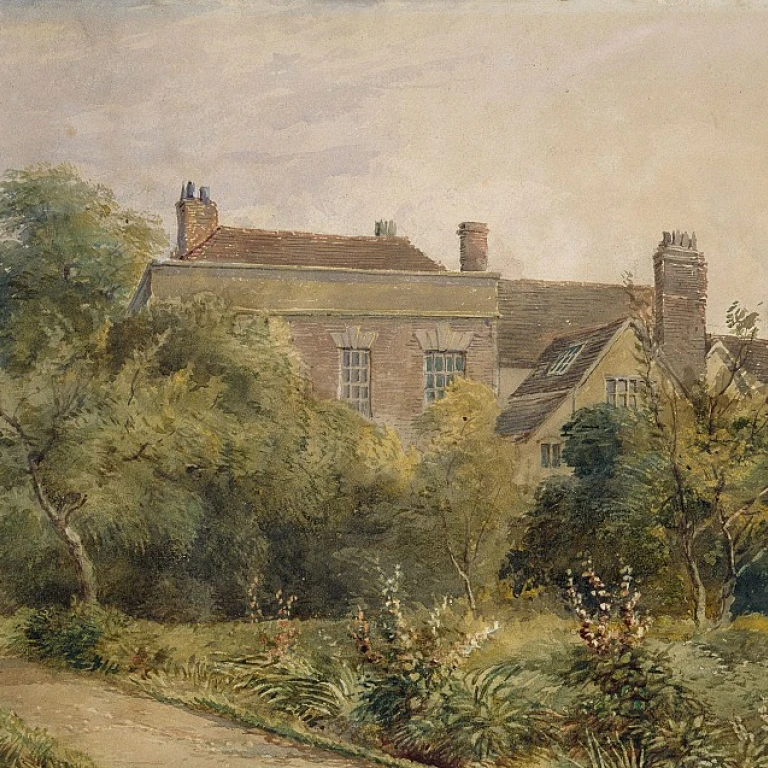


-teaser.webp)
